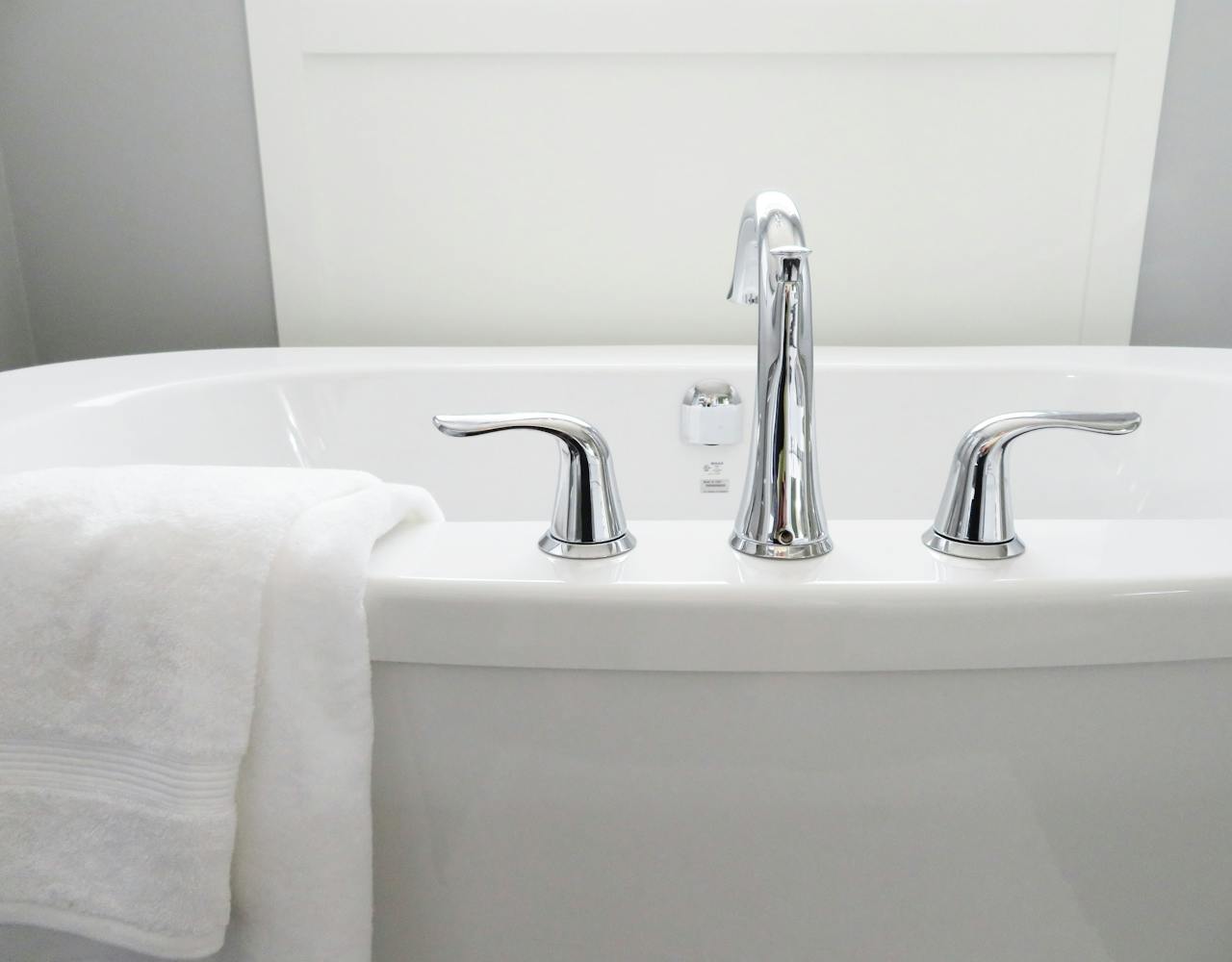Leaks within a property can lead to significant damage if left unresolved, resulting in costly repairs and potential long-term issues such as mold growth or structural weakening. This makes prompt detection absolutely critical. Whether you’re a homeowner trying to protect your investment, a plumber addressing specific client concerns, or a property manager aiming to minimise potential disruptions, financial losses, and tenant complaints, understanding the methods available for leak detection is essential. With advancements in technology, there are now a variety of tools and techniques designed to identify leaks quickly and accurately, even in hard-to-reach areas. If you live in Reigate, professional leak detection Reigate services can ensure accurate diagnosis and fast intervention to prevent further damage. This blog focuses on three widely used techniques for identifying leaks in various settings, breaking down how they work, their advantages, and how they can help save both time and money in the long run.
Acoustic Leak Detection
Acoustic leak detection is a method that listens for the sound of escaping water. When a pipe leaks, the movement of water creates vibrations that travel through the pipe walls and surrounding materials. Using specialised equipment like acoustic microphones or digital listening devices, technicians identify these sounds to pinpoint the leak’s location.
One of the main benefits of acoustic detection is its non-invasive nature. There’s no need to dig or disturb large areas, making it ideal for underground pipes or places where access is limited. Furthermore, it is precise and reduces the time needed to locate leaks, saving both labour and potential repair costs. However, challenges can arise in noisy environments, where background noise might interfere with the process, requiring skilled operators for accurate results.
Thermal Leak Detection
Thermal imaging technology identifies leaks by detecting heat variations. Infrared cameras scan the area, highlighting temperature differences that indicate the presence of moisture or escaping water. For instance, cold water leaking from a pipe can cool the surrounding area, while hot water creates warmer spots.
Thermal detection suits situations where leaks are hidden behind walls, under floors, or within complex building infrastructures. The appeal of this method lies in its ability to visualise changes without causing physical damage to surfaces. Additionally, it is highly effective at detecting potential problems at an early stage, preventing more severe issues from developing. That said, interpretation of thermal imaging results requires expertise, as false positives may occur in environments with fluctuating temperatures.
Tracer Gas Detection
Tracer gas detection employs a harmless gas mixture, typically hydrogen and nitrogen, introduced into the pipe system under investigation. If a leak exists, the gas escapes and emerges at the surface, where sensors detect its exact location. This technique is widely adopted for its remarkable accuracy and applicability to a variety of pipe materials.
It is especially beneficial for detecting leaks in systems where water flow is challenging to observe, such as irrigation setups, underground pipes, or industrial systems. Tracer gas can find even the smallest leaks, which might otherwise go unnoticed through visual inspection or other methods. However, executing this method may require shutting off water supply temporarily, and the equipment used can make it a slightly more involved process compared to other approaches.
Which Method is Right for You?
The suitability of each method depends on the specific circumstances of the property and the location of the suspected leak. Acoustic detection is ideal for straightforward situations, particularly for leaks in isolated pipes. Thermal detection excels in cases where leaks are concealed or otherwise inaccessible, while tracer gas provides unparalleled accuracy for systems requiring detailed analysis.
Understanding these methods equips you with the knowledge to make informed decisions when addressing leaks, avoiding costly repairs and property damage. If a more specialised approach is required, collaborating with qualified professionals who have experience in these techniques can amplify accuracy and efficiency. Every property and situation is different, but selecting the right detection method is a vital first step in effectively resolving leak issues.



